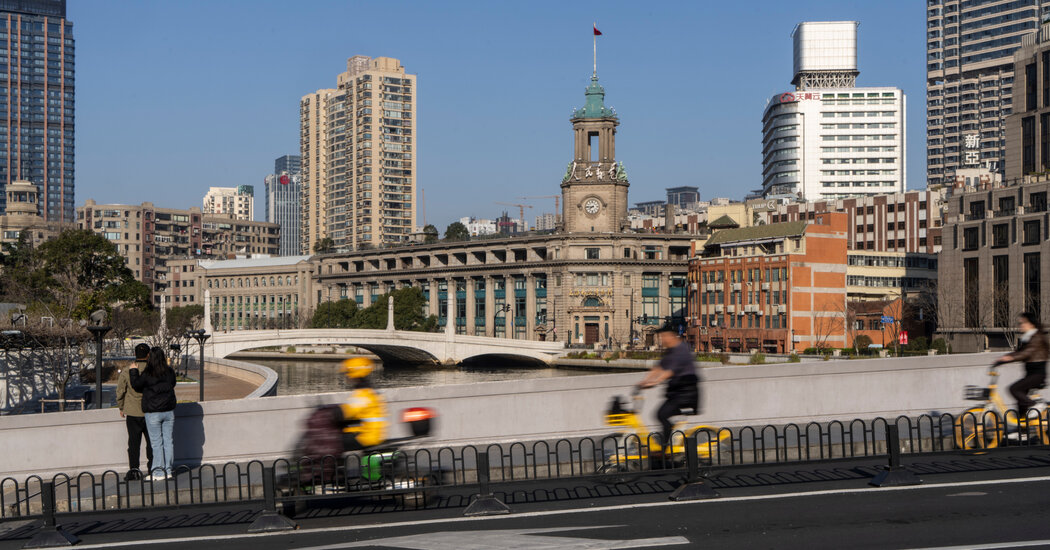Quiet Streets and Abandoned Platforms: The Impact of a Transit Strike in San Jose
The raised platforms and steel benches along the light-rail tracks that weave through downtown San Jose, California, stood eerily deserted. The once-bustling convenience store, a favorite pit stop for workers and students grabbing quick snacks like sodas and protein bars while waiting for their trains, was now empty. A serene silence enveloped the wide, tree-lined avenue, broken only by the soft strains of jazz music drifting from an abandoned sandwich shop nearby.
This was the afternoon rush hour—typically a time of lively congregations as commuters awaited their rides home. However, more than two weeks into a significant strike that had sidelined buses and trains across the San Jose region, residents had come to accept a new reality devoid of public transit.
In San Jose and the greater Silicon Valley area, this unusually prolonged strike offered a rare perspective on the potential consequences if major transit agencies struggle to regain their footing in the aftermath of the Covid-19 pandemic. Across the nation, transit providers have raised alarms about impending severe cuts to services, which could result in route closures and station shutdowns unless there is an increase in ridership or government intervention.
The Santa Clara Valley Transportation Authority (VTA), which typically serves nearly 100,000 passengers each day, was compelled to suspend its bus and train services for 18 consecutive days after workers, advocating for better pay, walked off the job. The strike concluded only when a judge intervened, mandating employees to return to work, thus allowing limited bus service to resume on Friday, with light-rail trains expected to return the following week.
However, even as the transit system begins to revive, it faces numerous challenges ahead. Ridership in the San Jose region, mirroring trends in other major U.S. cities, has yet to rebound to pre-pandemic levels. The future of public transit remains uncertain as communities navigate the complexities of post-pandemic recovery.



